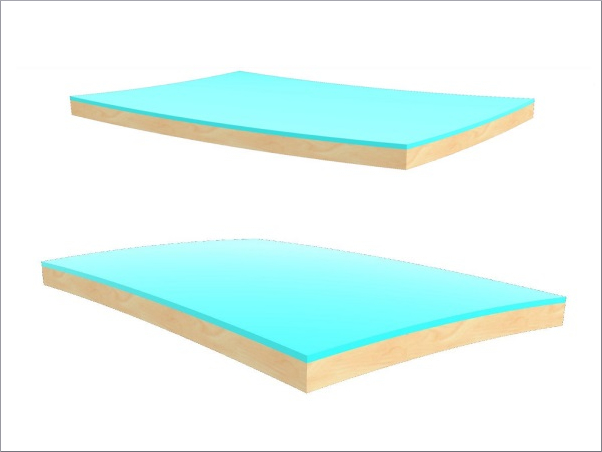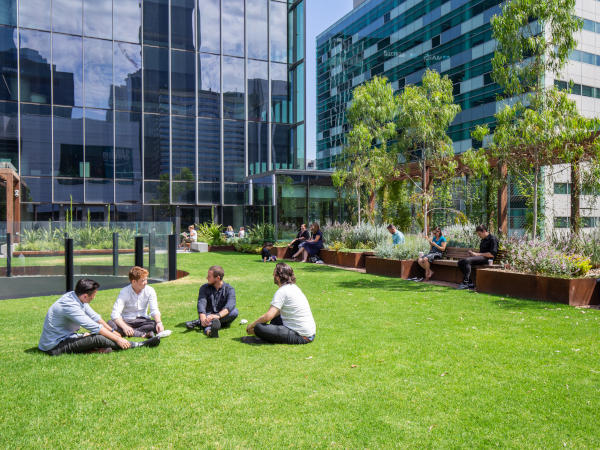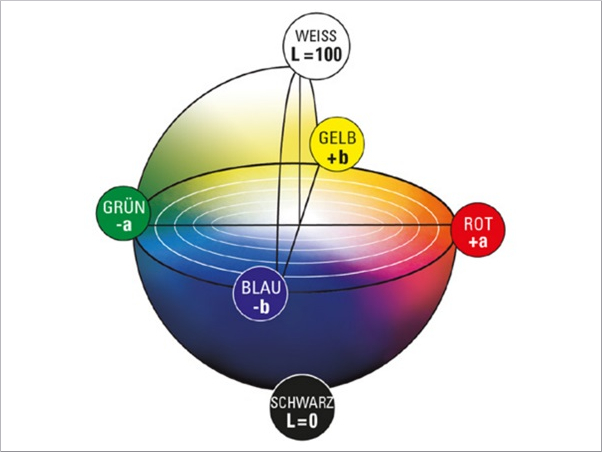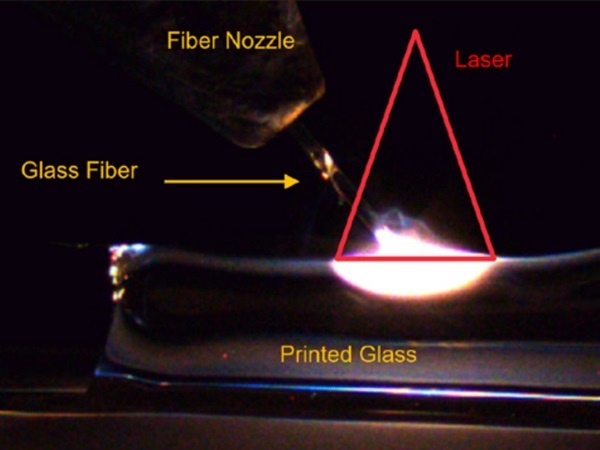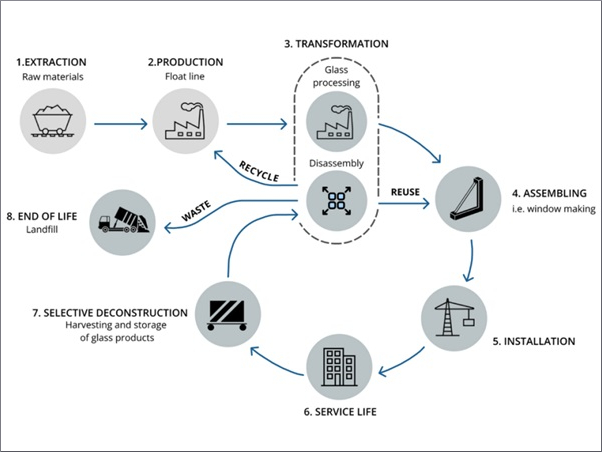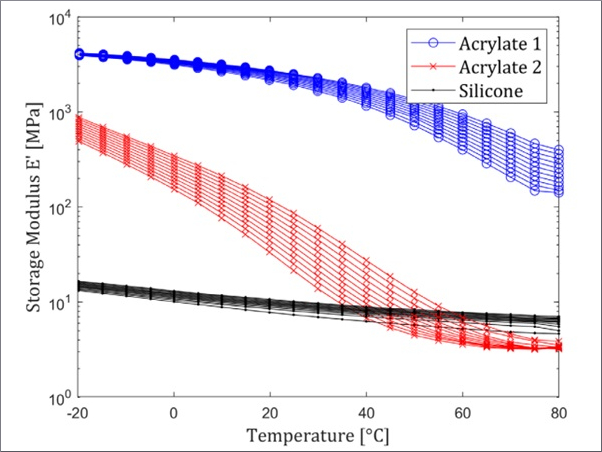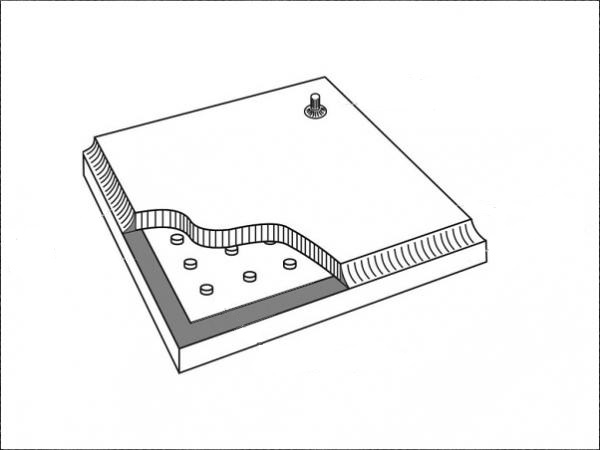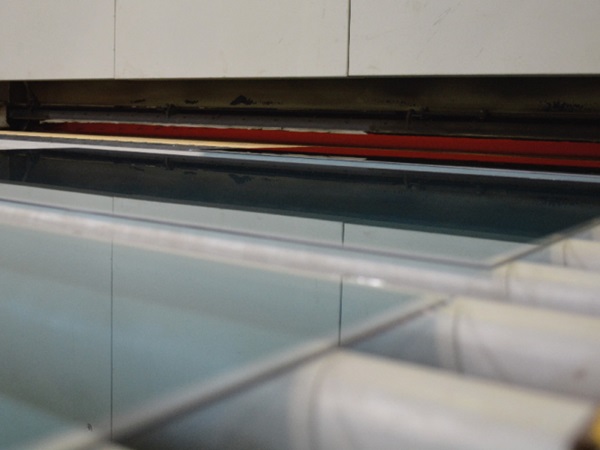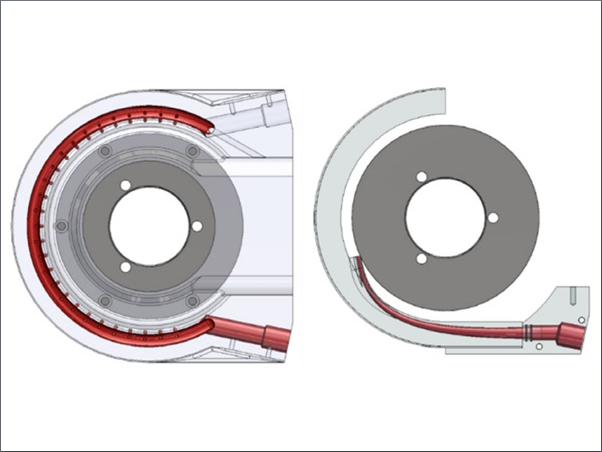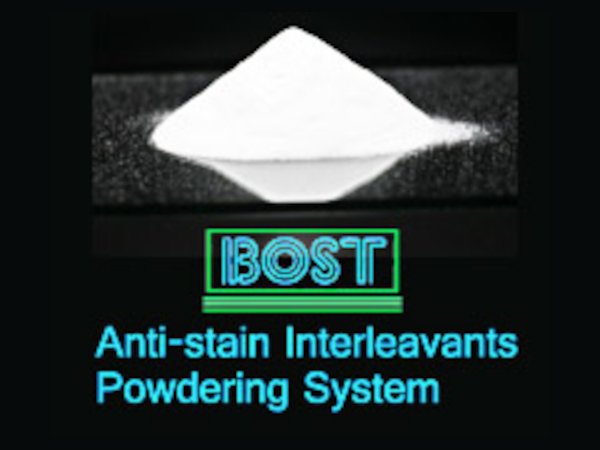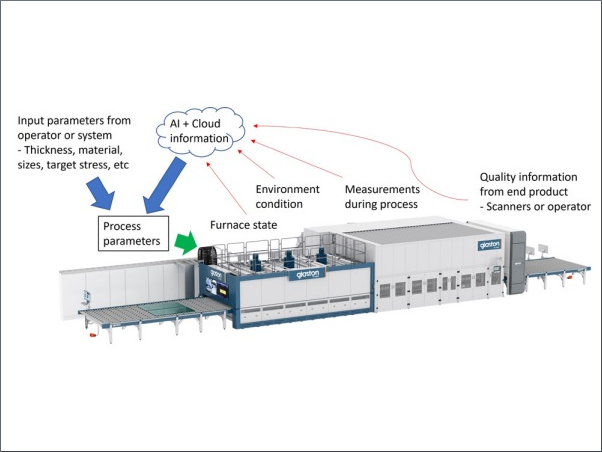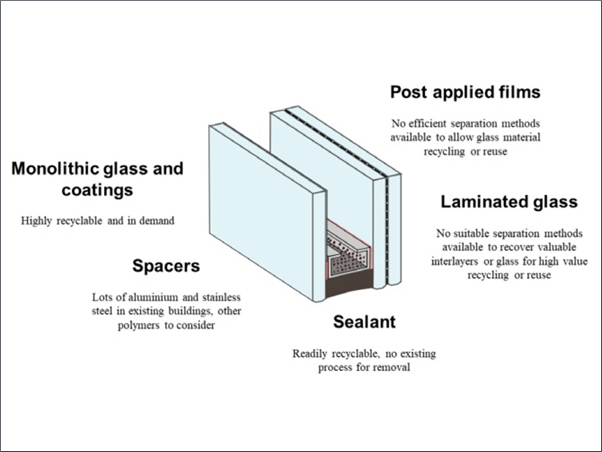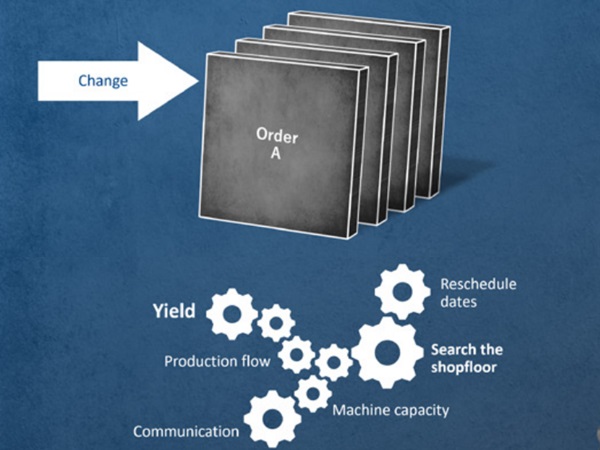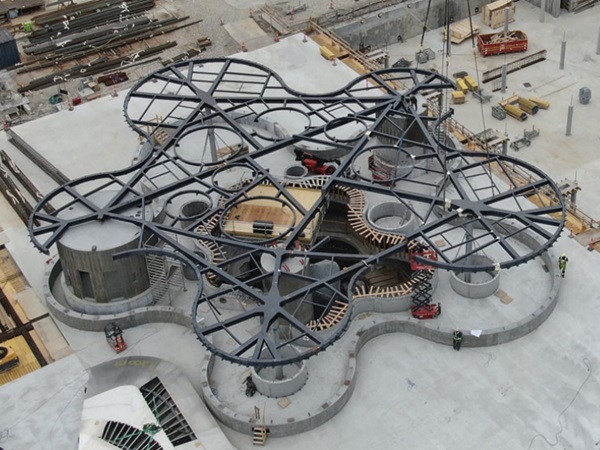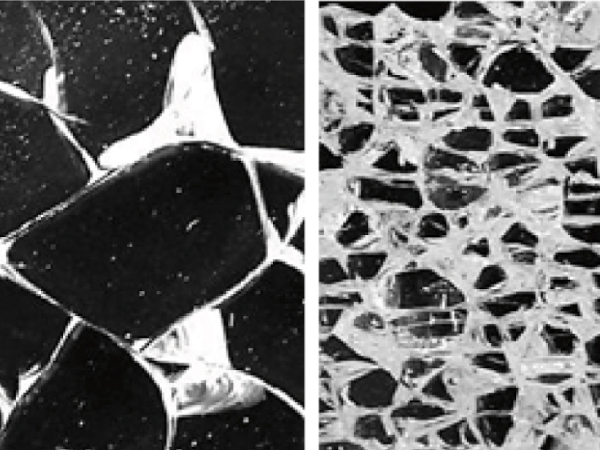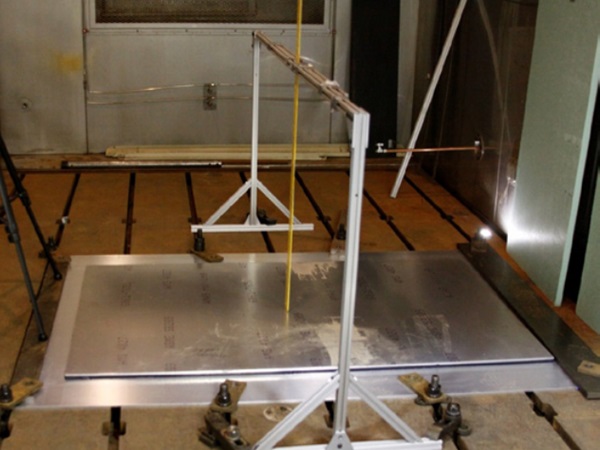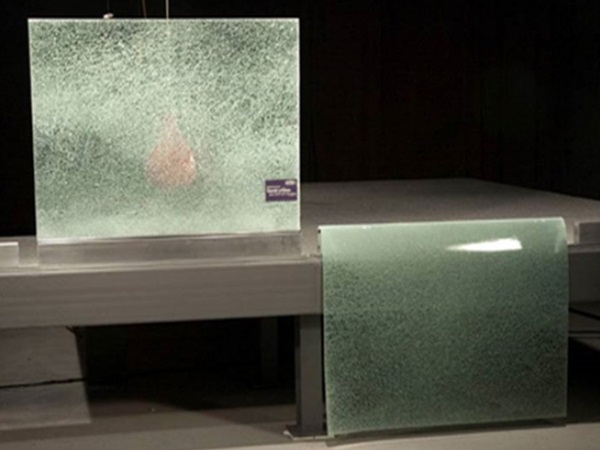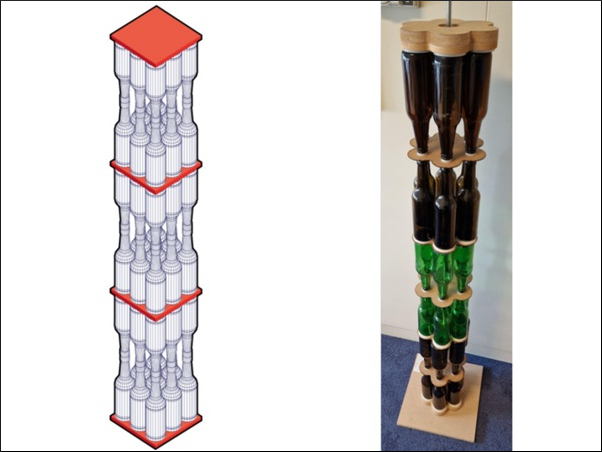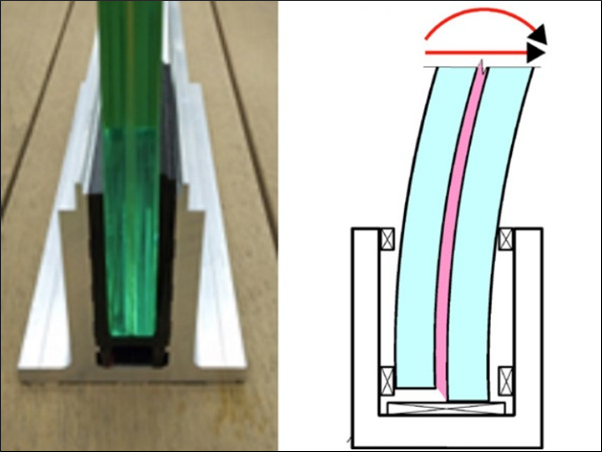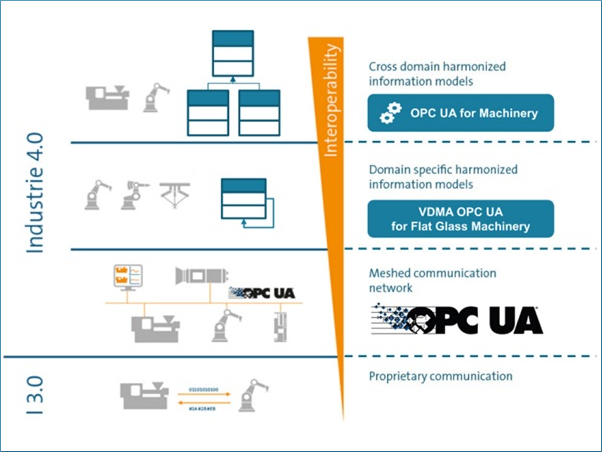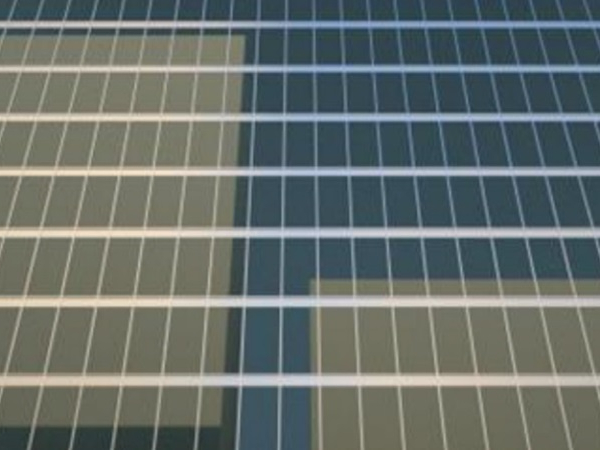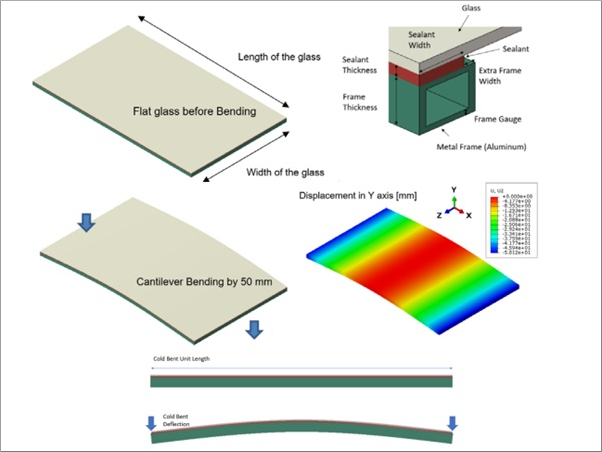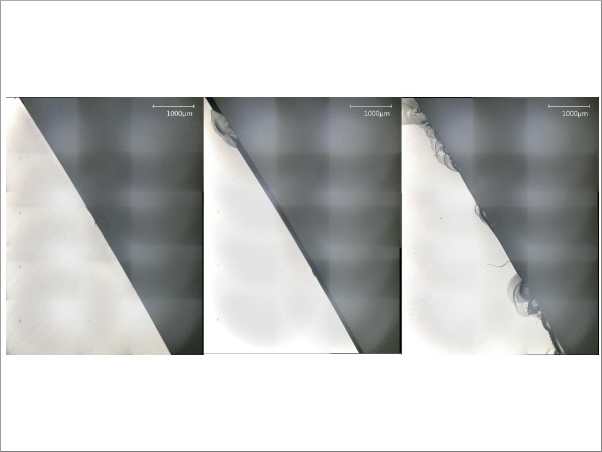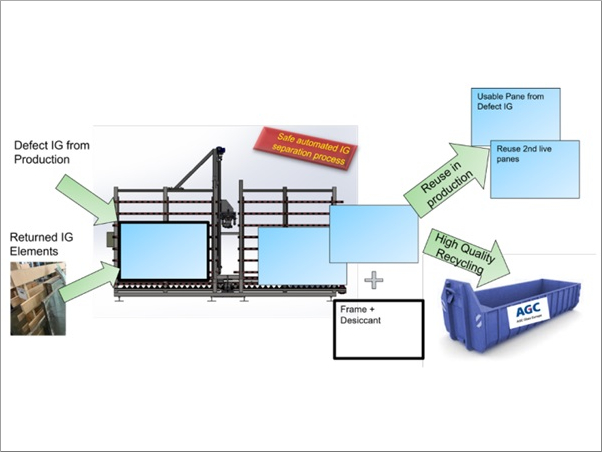Glass timber panels (GTP) combine the visual effect of noble and high-quality wood materials at the same time meet-ing the hygiene requirements for the health and welfare sector. This paper describes the fabrication requirements and techniques of GTP.
The approaches proposed by planners and architects for adapting to climate change will be discussed at glasstec 2024 (22-25 October, Düsseldorf) at its Architecture Forum.
In this contribution, a long-lasting natural weather testing of several glass types, mostly LSG with different interlayer materials, and the effect of the different color patterns of paper and textile specimens are presented.
The present study investigates the loadbearing capacity of additive manufactured components composed of glass.
A study of its environmental benefits, quality, and mechanical properties
This paper delves into the potential of two UV-curing acrylate adhesives, scrutinizing their material behavior through meticulous uniaxial tension tests and dynamic mechanical-thermal analysis.
Vacuum insulated glazing (VIG) is a glass structure where two glass panes are connected by a hermetic seal over their perimeter, with a vacuum gap between the panes.
Implementing quality controls and checkpoints during production and inspecting 100% of the tempering process, guarantees less rejections in the field converting into more profit.
Different cooling systems are tested against a standard coolant system in a series of experiments. Their performance in terms of edge surface roughness and grinding wheel wear is being compared.
Choosing the right interleaving powder for glass separation is crucial for protecting glass surfaces in various industries.
Glass tempering is a process that can be made in many ways to get tempered glass that meets the standards. The selected way is usually chosen by the operator and is almost always based on experience instead of science.
Flat glass manufacturers are rightly focused on reducing their operational carbon and in turn the embodied carbon of the glass materials that they create.
The main benefits from dynamic glass relate to visual light comfort, light control and spectral modulation, privacy modulation and the most critical nowadays energy savings.
What are the real benefits that robotics, the IOT (Internet of Things) and the Automatic machines can bring to glass grinding?
Sustainable growth requires cost efficiency and continuous optimization of processes. Sometimes, it even requires a disruptive change within an organization.
The report reflects the close cooperation between architecture, structure engineering and façade development and shows how resources can be saved with cross-disciplinary solution concepts.
An equivalent temperature difference model for engineering glass design
The current paper compares experimental results obtained at different scales (from TAjoints to large scale 914mm by 1524mm) with the predictions of the analytical equations and FEA.
The use of laminated glass with PVB and ionoplast interlayers not only offers improved safety but can also be designed to help mitigate security threats ranging from basic safety to burglary and forced entry resistance and even ballistic protection.
This paper investigates the potential of reusing glass bottles for the construction of structural columns.
Application to cantilevered balustrades
Digitalization of machines requires standardized language for machine communication – and OPC UA is the perfect choice.
This paper explains the most common types of visual distortion from the glass production process and considers a virtual prototyping approach.
Modern free form glass architecture has become increasingly popular in the structural sealant glazing application, as demonstrated by many iconic building projects, such as Allianz tower in Milan.
Investigations of different positions of the sphere and the satellite and their effect on stress distribution are studied. Both, experimental observations and computational FEM simulations are compared.
First valid steps on the pathway to better re-utilization of glass elements

